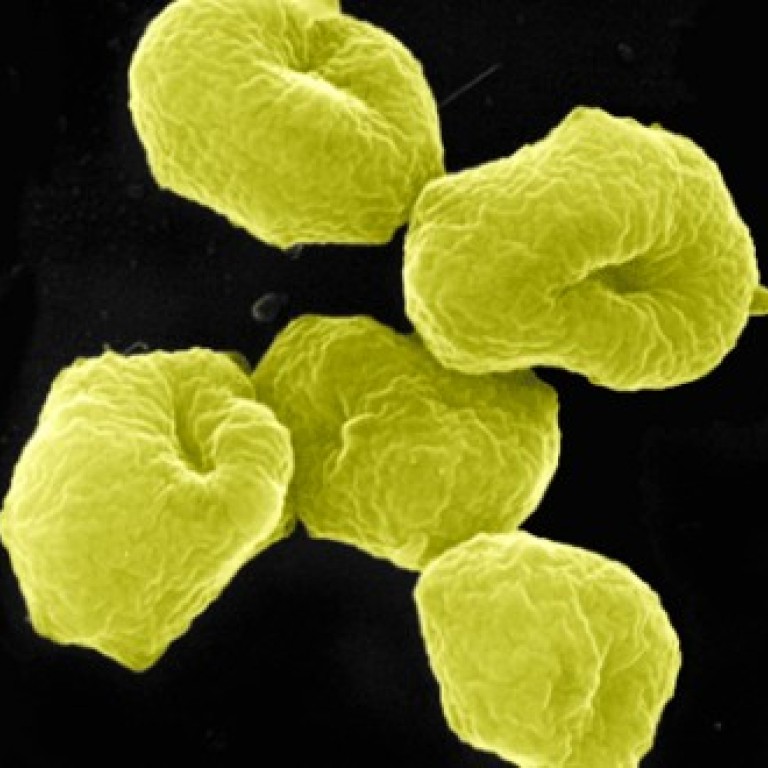
Ancient 'Superman' microbe's ability to withstand damage to its DNA could be key to unlocking cancer cure, Chinese scientists say
The earliest form of life on the planet may provide vital clues about how people can cope with environmental stress without increasing their chances of getting cancer, according to a new study by Chinese scientists.
Negative environmental factors such as excessive workloads, pollution or viral infections can trigger high levels of DNA damage by negatively impacting the way genomes replicate.
When a high frequency of mutations occurs within a cell, its genome becomes unstable, which can lead to various forms of cancer.
To explore issues of DNA replication, the Chinese researchers focussed on a common species of archaea, a single-celled microorganism that may have formed the first life on the planet around four billion years ago.
Called Haloferax mediterranei, it can be found in the sea from whence it draws half of its name. It feeds exclusively on nitrogen.
As archaea may be a common ancestor for all life on the planet, its mechanisms and processes can offer clues on how dormant genomes replicate under pressure – studies that are much harder to observe in humans.
The team claimed to have discovered how this resilient microorganism was able to avoid DNA damage caused by environmental stress – a mechanism they said may one day be used to thwart the onset of tumours and tackle various diseases.
"Archaea is like a 'superman' in the world of microorganisms. They are almost indestructible compared to modern bacteria," said Professor Xiang Hua, a lead scientist of the study. Xiang works at the Chinese Academy of Sciences' Institute of Microbiology.
Life on the planet was kickstarted by the copying of genetic sequences, a process that begins on special sections of the genome known as "origins".
These serve as launch pads for genetic replication; without them, replication would grind to a halt.
Xiang's team destroyed all of the origins of chromosome replication in H.mediterranei, which they believed no creature could survive.
But the archaea activated a dormant origin and continued the replication process unhindered.
"We knew archaea was tough. But we didn't know it was this tough,” Xiang said.
The team published their findings in the journal Nature Communications this month.
“The archaea provides us with a new perspective to explore some fundamental issues of life,” Xiang said.
Archaea was first discovered in extreme environments such as hot springs and volcanoes, which dominated the terrain in the early history of the planet.
Its ability to deal with harsh elements and high temperatures has long been an area of interest among the scientific community.
But in recent years, scientists discovered it is biologically closer to multi-celled creatures than modern bacteria.
This is partly because of the way in which it replicates its DNA on multiple genomes, compared to just one genome for more modern bacteria.
“We have provided the first evidence that a dormant replication origin can be activated and become essential for chromosome replication on the deletion of all other primary origins," the researchers said in their paper.
“While it is difficult to directly observe and manipulate the mechanism against replicative stress on humans, we can obtain clues from a similar process in archaea,” Xiang said.

